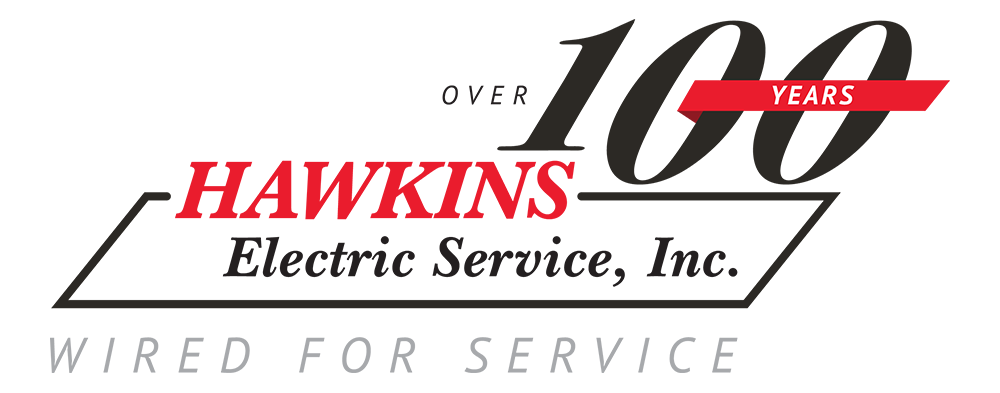USB Outlet Installation: What You Should Know
You’ve probably experienced the frustration of not having a wall adapter to charge a smartphone or mobile device. A USB cord without an adapter is as useless as a dead cell phone or tablet. As our dependence on smart technology continues to grow, so does the popularity of USB power outlets.
In this blog post, we’ll highlight recent articles that provide background on USB outlets as well as articles that offer do-it-yourself advice on installing them in your home.
While Hawkins Electric installs USB outlets for our customers, we want to make sure you know the options. We know some of you enjoy tackling DIY projects, but others would rather hire an electrician.
Both methods work – choose the one that’s best for your budget and your available free time.
Energy-Saving USB Outlet: U-Socket
(link: http://cleantechnica.com/2012/07/02/new-energy-saving-usb-outlet-u-socket/)
Source: Clean Technica
One type of USB outlet is Fastmac’s U-Socket, an AC receptacle with one (or two) built-in USB ports that can charge any mobile device. Not only are these sockets 21st-century compatible, they can help you save energy as well.
Ever forget to unplug a charging electronic device? Ever leave a device charging for longer than needed? Of course you have. With the U-Socket, you don’t have to worry about that or feel guilty when you lose track of the time. U-Socket’s built-in smart sensor automatically detects required wattage and only outputs power when it’s needed and shuts off when it’s fully charged.
You can purchase the U-Socket on Fastmac’s webpage. (link: http://fastmac.com/usocket.php)
2) Why USB Ports Could Be the Power Outlets of the (Very Near) Future
Source: Gizmodo
(link:http://gizmodo.com/why-usb-ports-could-be-the-power-outlets-of-the-very-n-1450713482)
If you’re on the fence about installing a USB socket, this article might convince you.
There’s a lot to love about USB. The plugs are small and convenient. The cable can carry both power and data. Plus, USB is, well, universal. This is why USB is considered by some to be the future of electricity.
This article suggests that USB outlets could soon replace conventional power outlets altogether.
We’re already seeing a whole host of smaller USB-powered devices—from heaters to blenders—but USB will be able to power much bigger devices starting next year when a new standard is introduced. Imagine the convenience of a USB-powered TV that uses the same plug for power as it does for data.
For further reading on the future of DC power and USB outlets, click here.
(link:http://www.economist.com/news/international/21588104-humble-usb-cable-part-electrical-revolution-it-will-make-power-supplies)
3) How to Install a USB Wall Socket
(link: http://www.cnet.com/how-to/how-to-install-a-usb-wall-socket/)
Source: CNET
If want to install a USB wall socket yourself but aren’t sure where to start, this is a useful reference.
U-Socket, and other generic sockets with built-in USB ports, are easy to install. Here’s what you’ll need:
• The U-Socket ($30)
• A screw driver
• Pliers
• 20-30 minutes
Note that the amount of time it takes will vary depending on your experience. Some commenters claimed it took an hour or more to install their USB outlet.
Though there isn’t much in terms of written content, this page includes a helpful step-by-step instructional video. From the video, regarding safety:
Make sure the power to that receptacle is turned off. To make sure it’s off, you can use one of those voltage testers, or, you can just plug in a lamp you know works for sure and if it doesn’t turn on, you’re good to go.
4) Install an Electrical Outlet with Built-In USB Ports
(link: http://www.popularmechanics.com/home/improvement/electrical-plumbing/install-an-electrical-outlet-with-built-in-usb-ports-16544006)
Source: Popular Mechanics
There are two types of USB outlets: the combined 120-volt, DC (Direct Current) charging device and the USB-only charger. In terms of picking the right one for your home or office, there are tradeoffs.
The latter [USB only] may be fine next to a regular outlet in a home office, but it’s not much use on its own by the bed. Next, keep in mind that though both types of outlets have multiple USB ports, most have a total charging capacity of 5 amps or less. The more demanding the charge load you place on them, the more slowly your electronics will charge. In fact, many USB outlets can’t charge two tablets at the same time. If a couple of smartphones, an iPad, and a Kindle all need an overnight charge from one outlet, check its USB amp output before buying it.
Be sure to measure the receptacle before tackling this project.
While a typical receptacle measures about 11/16 inches deep, these devices vary from 1 3/8 inches to 1 7/8 inches. Big deal? Not really, unless you’re working in an old house with small electrical boxes or you have a box that’s already crowded with wires.
To ensure quality installation, it’s never a bad idea to consult a certified electrician. If you’re in the Washington-Baltimore area, call Hawkins at 1-877-927-0900 or contact us.
